ISIS announces new India and Pakistan provinces, casually breaking up Khorasan
ISIS claimed deadly gun attacks in Balochistan, Pakistan's largest and poorest province, on May 12 and 14
Islamic State, in a continuation of its Wilayah restructuring, causally announced the creation of a Wilayah Pakistan on Wednesday, May 15 when claiming two attacks in Pakistan. This followed the creation of Wilayah al-Hind (India) in a May 10 statement claiming an attack in Indian-controlled Kashmir.
A statement issued on May 15 claimed a gun attack on a police officer in the Mastung area, about 40 km south of of Quetta in Pakistan’s southwestern Balochistan province. A traffic police officer was shot and killed by unknown gunmen in that area on May 12.
A second statement quickly followed, with ISIS claiming a gun attack on “elements of the Taliban movement” also in Quetta. This may refer to what The Nation reported as an attack on a group of laborers on May 14 that killed three people and injured a fourth.
Balochistan, Pakistan’s largest and poorest province, has been rocked by ethnic Baloch separatist, Islamist and sectarian insurgencies for years.
Recent deadly incidents include a May 13 bombing in Quetta that killed four police officers and wounded nine people. A faction of Tehrik-i-Taliban Pakistan, also known as the Pakistani Taliban, claimed responsibility for that attack, while on May 12, gunmen stormed a luxury hotel in the port city of Gwadar, killing five people. That attack was claimed by the separatist Baloch Liberation Army.
Islamic State Pakistan and India Provinces
The two attacks claimed by ISIS were the first attributed to the new “Wilayah Pakistan” – past ISIS attacks in Pakistan have been claimed in the name of “Wilayah Khorasan,” a historical area of Central Asia that includes parts of modern Afghanistan, Iran and Pakistan.
A few days before the throwaway mention of a new Pakistan province, ISIS announced a new “India Province” in the same manner.
A statement on May 10 attributed an attack in Amshipora village of Shopian district in Indian-controlled Kashmir to Wilayah al-Hind. ISIS claimed a clash between its fighters and security forces, although in reality it could have been an Indian operation that killed the militant Ishfaq Sofi in a pre-dawn gun battle, reportedly following a tip off about his whereabouts.
Like the attacks in Pakistan, ISIS has previously attributed attacks in Indian-controlled Kashmir to Wilayah Khorasan.
ISIS gave no information about the exact geographic extent of the new al-Hind and Pakistan provinces.
On May 14, ISIS issued several claims for attacks in Afghanistan’s Nangarhar and Kunduz provinces, all attributed to Wilayah Khorasan. This suggests that, for the time being at least, Khorasan Province still exists but is much reduced geographically.
In an April 29 video, ISIS leader Abu Bakr al-Baghdadi mentioned that pledges of allegiance from the Khorasan region had been received, without going into details. It’s unclear if these claimed pledges of allegiance had any link to the creation of the two new provinces.

Through 2014, various militants, including former members of al-Qaeda and Tehrik-i-Taliban Pakistan commanders, defected to ISIS, leading up to the announcement of Islamic State Khorasan Province by ISIS spokesperson Abu Muhammad al-Adnani in a January 2015 speech. Since then, ISKP has carried out hundreds of attacks, killing and wounding thousands of people.
Attacks in Indian-controlled Kashmir were previously attributed to so-called Islamic State Jammu & Kashmir, which pledged allegiance to ISIS in December 2017. As early as February 2016, ISIS expressed an intention to expand to Kashmir. While a smaller organization, some of their attacks had been claimed by ISIS under Wilayat Khorasan.
ISIS reorganizes affiliates
The creation of Pakistan and al-Hind provinces follow significant recent restructuring of ISIS provinces. In July 2018, ISIS upgraded their affiliate in East Asia to a full Wilayah, and later that year merged multiple Wilayah in countries that contained more than one into a single entity covering the entire country. This was most noticeable in Iraq and Syria where more than a dozen provinces become just “Wilayah Sham” and “Wilayah Iraq,” but Yemen and Libya were also rationalized.
In an August 2018 speech Baghdadi mentioned a Central Africa Province; this was confirmed only last month, when ISIS attributed an attack on Congolese soldiers at Kamango in the Democratic Republic of Congo to Wilayah West Africa, much the same as the “announcement” of the new India and Pakistan provinces.
In the recent video of Baghdadi – the first time he has appeared on camera in five years – he is seen looking over documents covering various ISIS provinces, including the never-before-mentioned Wilayah Turkey, although ISIS has not yet claimed any attacks for this apparent province.
The restructuring of provinces by ISIS could be part of a broader push to reinforce its capabilities and present its strength as a global terror organization following the loss of territory in Iraq and Syria. Along with restructuring provinces, it launched the “Vengeance for Sham” operation, Baghdadi appeared publicly for the first time in five years, and ISIS claimed the massive deadly terror attacks in Sri Lanka on Easter Sunday.


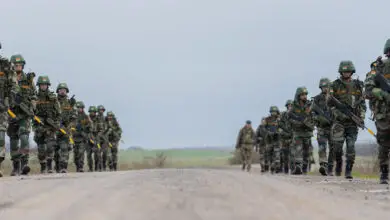

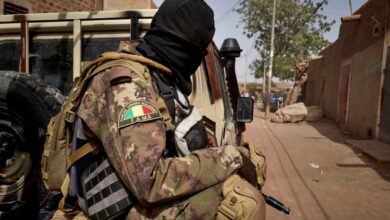
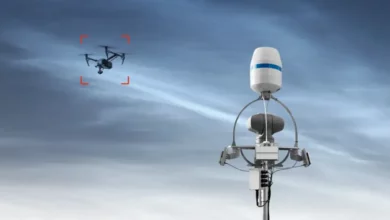

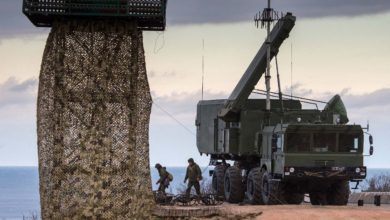


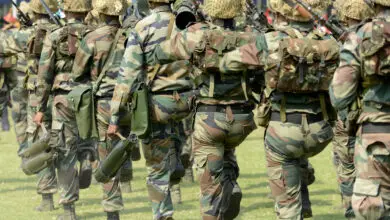

One Comment